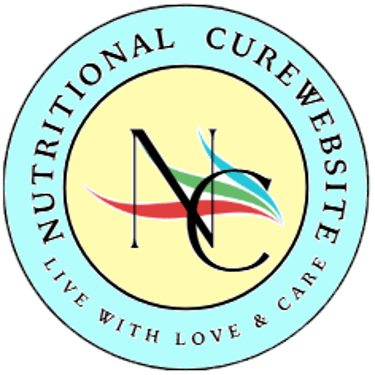Type 2 Diabetes: Causes, Symptoms, Prevention, and Treatment
Discover the latest methods for preventing type 2 diabetes, its hidden symptoms, and its scientifically backed natural and medical treatments. A comprehensive guide with daily nutritional advice.
8/7/20252 min read


Type 2 Diabetes: Causes, Symptoms, Prevention, and Treatment
Introduction
Type 2 diabetes is one of the most common and widespread chronic diseases in the world and is considered one of the biggest health challenges facing modern medical systems. Millions of people worldwide are estimated to suffer from it, and the number of cases is steadily increasing due to changes in lifestyle, diet, and lack of physical activity.
In this article, we review everything related to this serious disease in a simplified and comprehensive manner.
What is type 2 diabetes?
It is a chronic metabolic disorder characterized by high blood sugar levels resulting from the body's resistance to insulin or insufficient insulin secretion from the pancreas. Unlike type 1 diabetes, this type develops gradually and often affects adults, but it has recently begun to appear in children and adolescents due to rising obesity rates.
The Difference Between Type 1 and Type 2 Diabetes
Comparison: Type 1 vs. Type 2
Cause: An immune system disorder that attacks pancreatic cells, insulin resistance or partial deficiency.
Age: Often in childhood or adolescence, often in adulthood or old age.
Treatment: Insulin only. Lifestyle changes + medications and possibly insulin.
Preventable: Not preventable. Highly preventable.
Causes:
Genetics: A family history increases the risk.
Obesity: Especially abdominal fat accumulation.
Physical inactivity: Inactivity is a major risk factor.
Poor diet: Processed foods and foods high in sugar.
Age: The risk increases after the age of 40.
Chronic stress.
Symptoms of Type 2 Diabetes
Excessive Thirst
Frequent Urination
Fatigue and Weakness
Blurred Vision
Slow Wound Healing
Recurrent Skin or Urinary Tract Infections
Unexplained Weight Loss (in advanced cases)
Risk Factors
· Excessive Obesity
· High Blood Pressure
· High Cholesterol
· Polycystic Ovary Syndrome
· Previous Gestational Diabetes
· Chronic Sleep Deprivation
· Smoking
Diagnosis
Fasting Blood Sugar: Greater than 126 mg/dL
Random Blood Sugar: Greater than 200 mg/dL
HbA1c Test: Greater than 6.5%
Glucose Tolerance Test: Used in Special Cases
Treatment
First: Lifestyle Changes
Follow a Low-Sugar, High-Fiber Diet
Eat Vegetables, Whole Grains, and Healthy Proteins
Reduce Refined Carbohydrates and Saturated Fats
Exercise at Least 30 Minutes Daily
Reduce Stress and Get Good Sleep
Second: Medications
Metformin: Most commonly used
Insulin secretagogues (such as sulfonylureas)
SGLT2 inhibitors
GLP-1 agonists
Sometimes: insulin if oral medications are insufficient
Complications of type 2 diabetes
Heart disease and stroke
Diabetic retinopathy (vision loss)
Kidney failure
Neuropathy (numbness in the extremities)
Foot ulcers that may lead to amputation
Sexual dysfunction in men
Dental and gum problems
Prevention
Maintain a healthy weight
Exercise regularly
Eat a balanced diet
Stop smoking
Control blood pressure and cholesterol
Regular blood sugar checks, especially if you are in a high-risk group
Latest research
Intermittent fasting may help reduce insulin resistance
The role of supplements such as vitamin D and magnesium
Ketogenic diets (under medical supervision)
New medications that simultaneously treat diabetes and lose weight, such as Semaglutide
Using artificial intelligence to track blood sugar levels and nutrition in real time
Conclusion
Type 2 diabetes is not a death sentence. It can be controlled and its complications prevented if detected early and treated seriously.
Awareness is the first line of defense, and knowledge is the first step toward prevention and treatment.
This information is not a substitute for a visit to the doctor.
